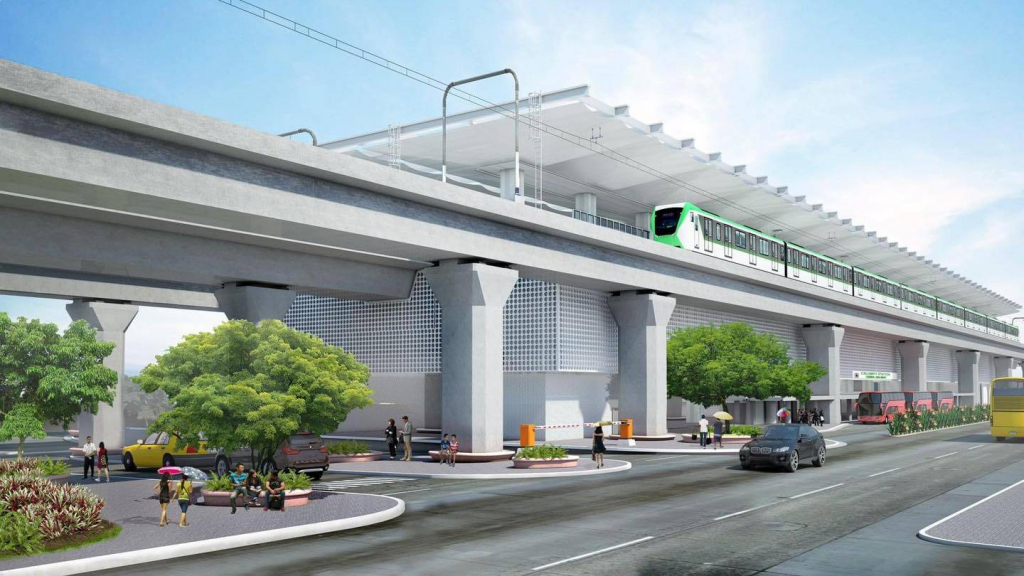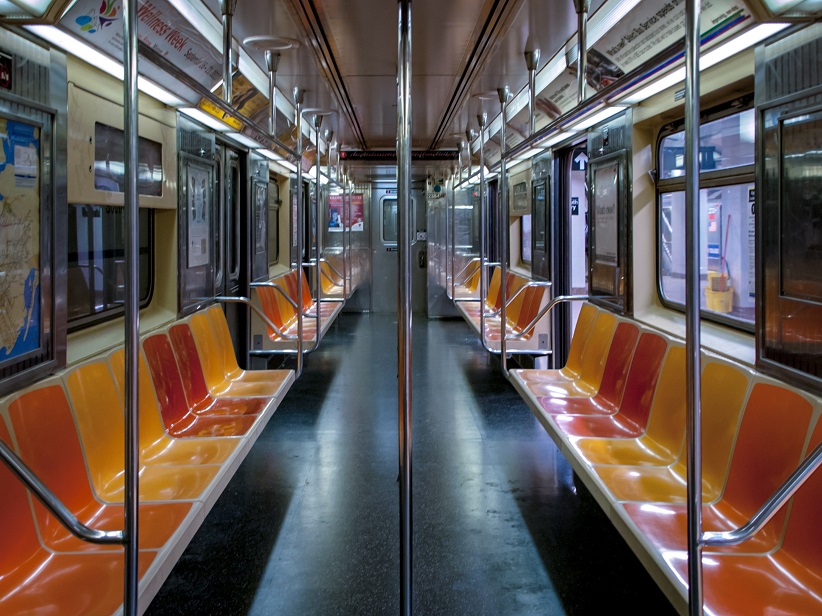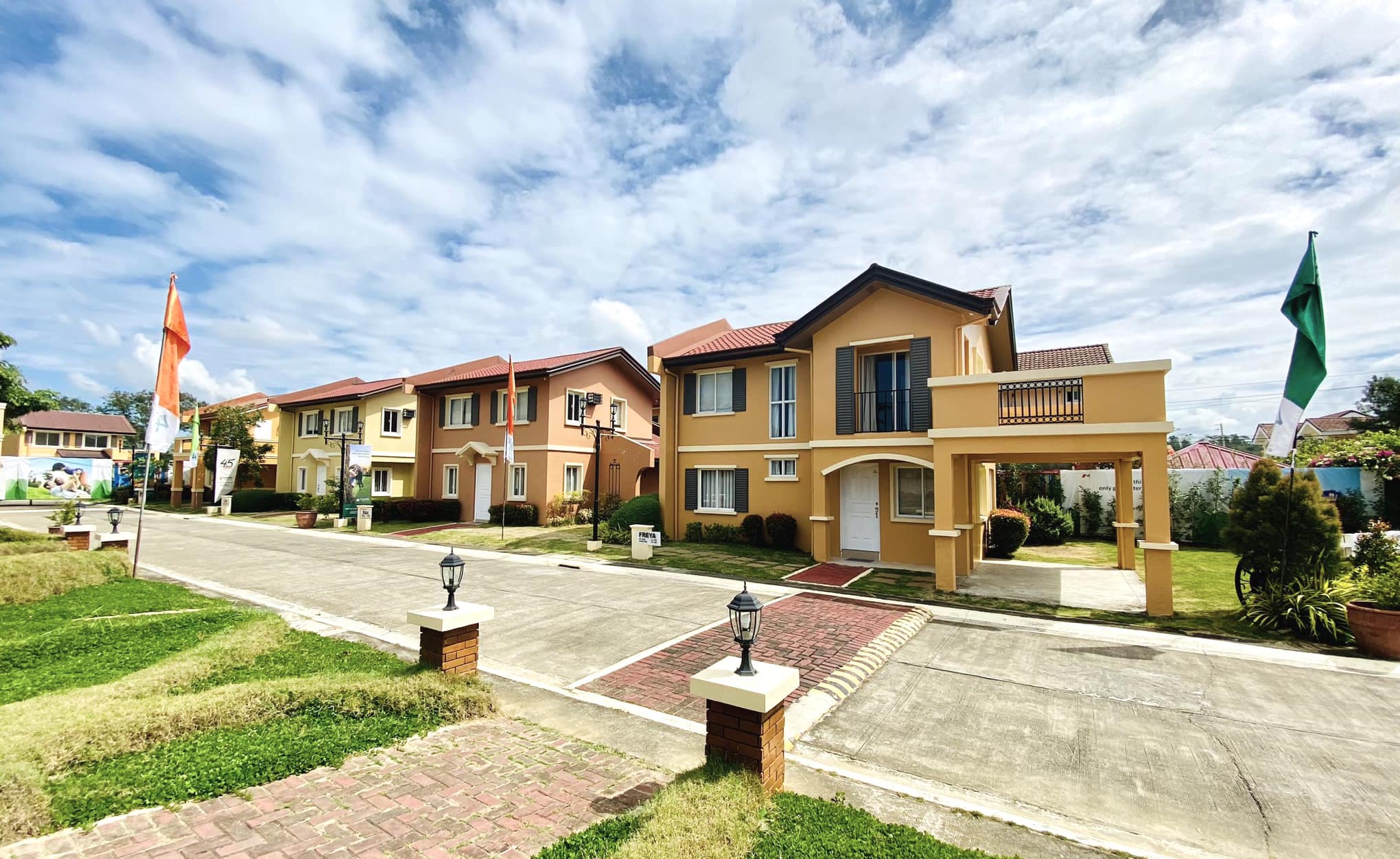
There is a new railway system being constructed. This railway project will connect the island of Luzon. The North-South Commuter Railway (NSCR), also known as the Clark–Calamba Railway, will connect New Clark City in Tarlac to Calamba, Laguna. The project has 36 stations and will be integrated into future and existing railway lines.
The Clark-Calamba Railway project might seem like a new project under the past administration’s Build, Build, Build program. However, the railway was initially planned in the 90s but has been repeatedly halted due to overpricing allegations and disagreements. In 2019, the construction of the Calamba-Clark Railway began.
With a budget of PHP 777.55 billion, NSCR is the most expensive railway project under the Build, Build, Build program.
A short history of the Clark-Calamba Railway project

In 1994, President Fidel Ramos signed a memorandum of agreement with the government of Spain to construct the Manila-Clark rapid railway system. The North Luzon Railways Corporation was formed and entered into an engineering, procurement, and construction contract with Spanish Railways Corporation.
In 1998, both parties disagreed on the source of funding for the railway, which caused the termination of its contract. In 1999, the National Economic Development Authority approved the project after having a loan from the Japan Bank for International Cooperation. However, the loan was not granted, and the project was postponed.
Under the Arroyo administration, the Manila-Clark Railway system was succeeded as the NorthRail project. NorthRail and China National Machinery and Equipment Group (CNMEG) signed a memorandum of understanding. The project was around USD 500 million then, and CNMEG covered the funding by a loan.
In 2011, the NorthRail project was formally canceled due to overpricing allegations. The Aquino administration was permanently scrapped and was replaced with the current North-South Commuter Railway Project. The Duterte administration included the project under the Build, Build, Build program, and construction began in 2019.
The South Commuter Railway Project

The South Commuter Railway (SCR) is a 54.6-kilometer section of the NSCR connecting Metro Manila and Calamba, Laguna. The proposed project includes a connecting line to the planned Metro Manila Subway. The railway project is expected to have 300,000 passengers in its opening year.
The SCR will provide affordable and reliable public transport to its passengers without having that many greenhouse emissions. According to the Asian Development Bank (ADB), the SCR will cut travel time by 30 minutes to one hour. Japan International Cooperation Agency will provide financing for the project alongside ADB.
Regarding environmental impact, the proposed railway project in the South does not affect any environmentally sensitive or protected areas. According to ADB, constructing the project is no major significant risk. However, the main impact of the SCR is the relocation of residents living along the way where the project is constructed.
And in terms of resettlement, the Department of Transportation has a monitoring system that tracks resettlement activities for project-affected households. Relocation, livelihood restoration, and compensation of lost assets are some of the Resettlement Action Plans (RAP) to compensate the families of the project affected.
The Project Management Office is tasked with providing internal resettlement for the project. These include regular supervision of RAP’s implementations, reviewal of RAPs implemented, collection and analysis of data for reporting, validation if compensations are received, review of grievances, and provide required monitoring reports.
SCR’s impact on employment and connectivity

According to ADB’s study, the planned railway project will increase access to better employment opportunities in 48 cities and municipalities in the National Capital Region and Southern Luzon. On average, a person can access more than 300,000 jobs within an hour of commute once the project has been completed.
Metro Manila holds 66% of the total workforce in the country because the monthly wages in this region are 15% higher than in cities in Southern Luzon. By connecting the two areas, residents of the South can have more productivity, and residents of the Metro will have easier access to manufacturing jobs in Southern Tagalog.
According to ADB, fewer jobs in a region correlates with poverty rates. Their research shows that users of the current rail service are either third or fourth-income quintile. The proposed SCR project can increase the mode of transport for everyone. This can be a potential game-changer in Southern Tagalog’s economy.
The availability of a new transport system that is more efficient can also boost properties within the area.
How will SCR boost properties in Southern Luzon?

First, people relocating to Laguna will search for properties where they can reside. This might boost the real estate industry in the Southern Luzon region. When the railway is fully operational, there is a chance that people from Metro Manila will move to provinces in the South because it is now more accessible.
Some people want to move away from the urban environment of the Metro. Once SCR is finished, they might consider moving to nearby provinces because of the lower cost of living and less pollution. Now that the Metro is more accessible and affordable, they can still keep their jobs and have a proper work-life balance.
Regarding real estate values, homebuyers should expect a significant increase in property prices. Before the project started, property prices near the railways were already increasing. If you are an investor, having real estate properties in the area as early as possible can be a game-changer once the proposed railway project is finished.
Subway stations provide access and promotion in a particular area. Subways also attract more residents because they offer cheaper transport with less traffic if they go to nearby establishments. And who knows, the upcoming railway project might be one of the solutions in decongesting Metro Manila.
What Property should you Look for?

The SCR project has a station in Calamba. Calamba is considered a “Next Wave City” for outsourcing firms. Camella Calamba provides better access to the proposed railway project if you are looking for a house and lot in Calamba. Aside from SCR, Camella Calamba is also accessible to major business hubs like Manila, Taguig, and Makati.
The township will surely cater not just to your needs in terms of accessibility but your way of living. Come Home to Camella and experience a safe, accessible, and strategically located community.

Check out our House and Lot for Sale Properties
Discover our house and lot for sale properties in the Philippines


